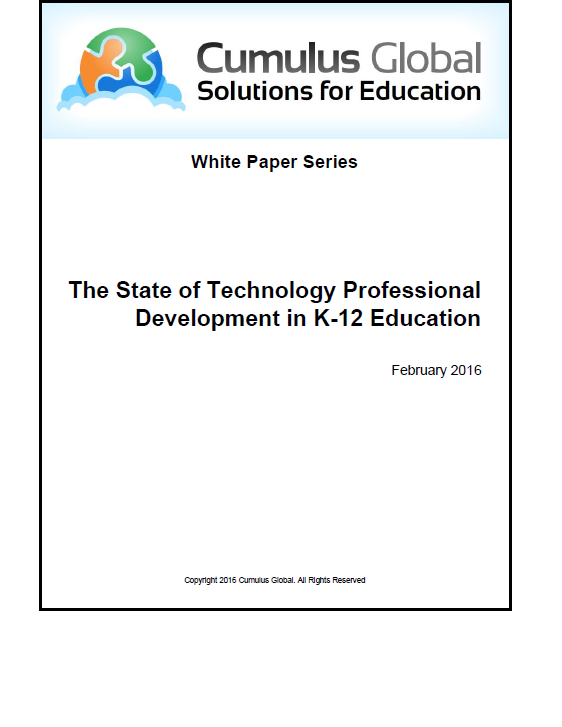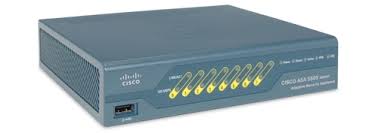Cumulus Global Study Shows Technology Professional Development for K-12 Educators is Often Ineffective
Cumulus Global Publishes Survey Results on the State of Technology Professional Development in K-12 Education
 Our January 2016 survey finds that 48% of K-12 classroom educators feel that technology professional development (“Tech PD”) is not timely for use in the classroom nearly 60% of educators feel they need more professional development focused on integrating devices, apps, and online content into lesson plans and delivery. The study also found that while most districts are offering more technology professional development, the timeliness, focus, delivery methods, and overall effectiveness of these programs is not meeting the needs of many K-12 classroom educators.
Our January 2016 survey finds that 48% of K-12 classroom educators feel that technology professional development (“Tech PD”) is not timely for use in the classroom nearly 60% of educators feel they need more professional development focused on integrating devices, apps, and online content into lesson plans and delivery. The study also found that while most districts are offering more technology professional development, the timeliness, focus, delivery methods, and overall effectiveness of these programs is not meeting the needs of many K-12 classroom educators.
As the use of technology in K-12 classrooms continues to expand, educators face new challenges. More than devices, educators are using new applications, tools, and online content. Teachers need to be capable and comfortable managing all of this tech in the classroom, as well as integrate these resources into their lesson plans.
In our white paper, The State of Technology Professional Development in K-12 Education, we publish the preliminary analysis of survey results from nearly 300 K-12 classroom educators participating in the 2016 Future of Education Technology Conference held in Orlando, Florida in January. The initial analysis of survey results indicates a need for more balance in the focus of Tech PD programs, as 68% want more training on using applications and tools for lesson planning, collaboration with peers, and other activities. The survey also indicates that some of the most common formats for Tech PD are not the most effective.
Classroom educators are on the forefront of the educational technology revolution. By understanding how well, or poorly, our current Tech PD efforts are helping educators, we can design and delivery better training and support services.
Click here to view and download The State of Technology Professional Development in K-12 Education.


 ber optic lines in our area, today’s Internet outage was not due to the first real storm this winter. Being fully in the cloud, any Internet outage could be a disaster, bringing business to a halt. In reality, the “single point of failure” really isn’t. True, we do not have multiple routers. Nor do we have multiple broadband connections. What we do have, is the ability to work over any form of Internet connection. Here is our case study (still in progress).
ber optic lines in our area, today’s Internet outage was not due to the first real storm this winter. Being fully in the cloud, any Internet outage could be a disaster, bringing business to a halt. In reality, the “single point of failure” really isn’t. True, we do not have multiple routers. Nor do we have multiple broadband connections. What we do have, is the ability to work over any form of Internet connection. Here is our case study (still in progress).